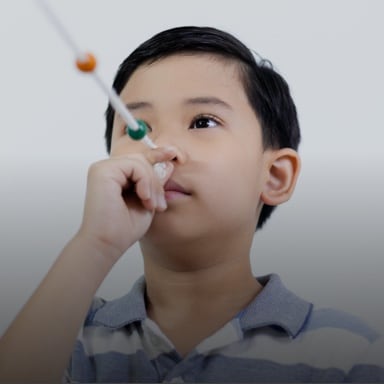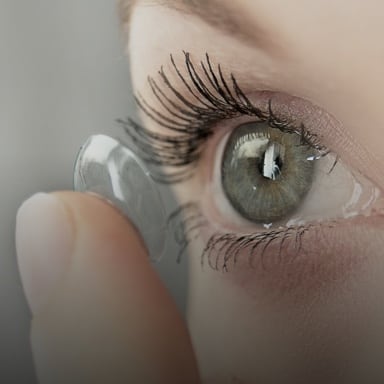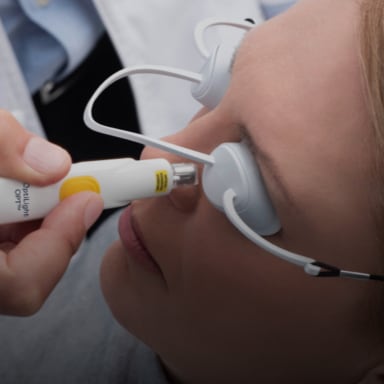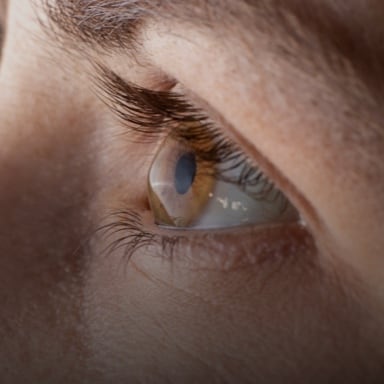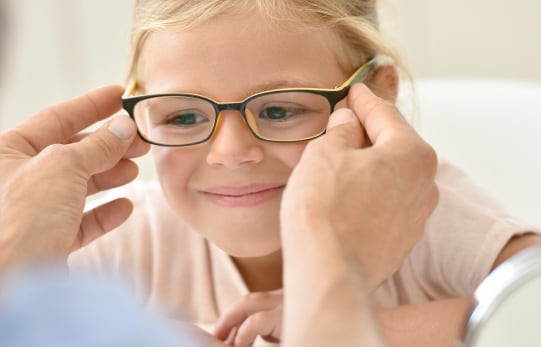Taking Care of Little Eyes
Children’s eyes continue to develop until early adulthood. Sight is a vital part of their learning process—80% of learning is visual!
The pediatric optometrists at Specialty Eye are experts in pediatric eye care, offering preventative eye exams and solutions for all types of eye problems.
Following the recommended eye exam schedule will help preserve your child’s sight and ensure that any issues they develop are treated as quickly as possible.
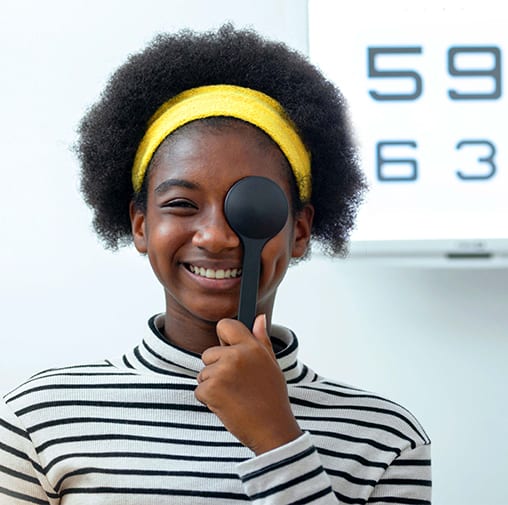

Protecting Their Sight
A child may not tell you they are experiencing vision problems, because they might not even know. They don’t have a normal reference to compare to. This is why it’s up to us (you and Specialty Eye) to provide eye exams and create healthy visual habits that will help them experience their best vision throughout their life.
At Specialty Eye, we recommend yearly eye exams:
0–6 Months: Children should have their first eye exam at 6 months old, even if no eye or vision problems are apparent. We will check to see if their eyes are developing properly and check eye health, eye movement, and eye alignment.
1–5 Years: Your child should have their eyes examined each year between 1–5 years of age. By this time, children will have reached several visual milestones, so their optometrist will check for those, as well as refractive errors, ocular development, eye health, alignment, and movement.
6–17 Years: Before entering Grade 1, your child should have their eyes examined so we can prescribe any lenses or vision therapies that will help them succeed in school. After this, we want to continue seeing your child each year for their eye exam to check for any changes to their vision, health, and more.

Common Vision Issues
There are some vision and eye health issues that are more likely to develop during childhood. In many cases, we are able to manage the symptoms and/or treat the issues to promote healthy eyes.
The experts at Specialty Eye take all eye conditions seriously and want what’s best for your child. Their optometrist may recommend prescription lenses, or vision therapy to help correct issues as soon as they arise. The earlier treatments are implemented, the better visual success your child will have.
Myopia (Nearsightedness)
When you are able to see objects at near distances but not further away, you may have myopia, also known as nearsightedness. Myopia typically develops in children while their eyes are growing, and occurs if the eyeball grows too big or the cornea becomes too curved, resulting in a blurry image landing on the retina.
Myopia management control options are available to children, which may limit the progression of myopia over time. If left untreated, myopia is free to worsen and can lead to high myopia, a condition of poor vision that is also associated with an increased risk of developing certain eye diseases later in life.
Amblyopia (Lazy Eye)
When children’s eyes are growing, they can each develop different prescriptions. Uncorrected vision in one or both eyes can lead to amblyopia, which is also called lazy eye. This condition results in a clear image in one eye and a blurry image in the other. Their brain can automatically favor the stronger eye to see objects clearly, neglecting the weaker one.
Amblyopia can be treated at any age with the use of vision therapies and prescription lenses.
Strabismus (Crossed Eyes)
One of your child’s eyes may turn up, down, out, or in if they are experiencing strabismus (also known as crossed eyes, if turned in). If the muscles in the eyes don’t develop properly, or if there is an uncorrected prescription in one eye, it can cause one eye to wander or not move in the direction they are looking. Treatments are available by use of prescription lenses, vision therapies, or surgery. The earlier strabismus is treated, the easier it will be to resolve. However, we are happy to help treat strabismus at any age.
InfantSEE
Infants can benefit from visual wellness care that will help ensure they are developing the necessary visual skills.
InfantSEE is a public health program, managed by The AOA Foundation, and is something Specialty Eye stands behind. Our very own Dr. Kristi Kading volunteers with InfantSEE, and won the InfantSEE Award in 2015.
Make Exams Fun
Who has the most fun in our office? Kids do!
Oftentimes, they are surprised when the exam is over because the games have to stop. Our team enjoys meeting small infants, getting to know toddlers, and establishing a relationship with kids of all ages.
The best way to prevent eye issues from developing is with a routine eye exam. Make sure your children have all of the visual tools they need for school, recreation, and for life by scheduling their next eye exam with Specialty Eye.
Our Locations
Bellevue
Steps away from beautiful Bellevue Square Mall, our office is conveniently located just off the I-405 on 106 Avenue NE.
- 225 106 Ave. NE
- Bellevue, WA 98004
Hours of Operation
- Monday: 10:00 AM – 6:00 PM
- Tuesday: 9:00 AM – 5:00 PM
- Wednesday: 9:00 AM – 5:00 PM
- Thursday: Closed
- Friday: 9:00 AM – 5:00 PM
- Saturday: Closed
- Sunday: Closed
Kirkland
Next to the Evergreen Hospital, our convenient location is on NE 128 Street, just off the I-405.
- 11830 NE 128 St., Suite 1
- Kirkland, WA 98034
Hours of Operation
- Monday: 9:00 AM – 5:00 PM
- Tuesday: 9:00 AM – 5:00 PM
- Wednesday: 9:00 AM – 5:00 PM
- Thursday: 9:00 AM – 5:00 PM
- Friday: 9:30 AM – 5:00 PM
- Saturday: Closed
- Sunday: Closed
Our Specialty Eye Care

See What People Say About Us
“All the associates here are wonderful! Everyone is thoughtful and accommodating. I have to use a walker and ever single person was patient and helpful in maneuvering me to be comfortable with doing certain test. In addition, my doctor is amazing!”
Andrea Norton
“The office is very informative. The Dr’s and staff are great and we look forward to starting our vision therapy!!”
Cori Brundage Frandsen
“My son has been going here since he was 1. We’ve never had a bad experience, and we’ve had a lot of visits because of his vision problems.”
Deanna Dooley Stanley
Our Expert Blog
Think You Have Dry Eye Syndrome? Take Our Quiz!
Dry EyeDo you often find yourself rubbing your eyes frequently? Are you experiencing a burning sensation, eye fatigue, or redness? These are a few signs that you might be struggling with a common condition known as dry eye. Dry eye symptoms are widespread and can be caused by several factors, including other eye conditions, like digital […]
How Do Atropine Eye Drops Help Control Myopia in Kids?
MyopiaMyopia, also known as nearsightedness, is a common vision condition that affects many people. It usually starts in childhood and is caused by the elongation of the eyeball, leading to difficulty seeing objects at a distance. Nowadays, there are several ways to manage myopia, and atropine eye drops are a popular method for slowing myopia […]
Can Nearsightedness Be Reversed?
MyopiaFirst, let’s clarify what nearsightedness is exactly. The technical term for the condition that causes nearsightedness is myopia, which affects approximately 30% of Americans. People with myopia can see objects up close clearly, but things farther away appear blurry. When your eye grows too long or your cornea is too curved, light that enters your […]
Think You Have Dry Eye Syndrome? Take Our Quiz!

Do you often find yourself rubbing your eyes frequently? Are you experiencing a burning sensation, eye fatigue, or redness? These are a few signs that you might be struggling with a common condition known as dry eye. Dry eye symptoms are widespread and can be caused by several factors, including other eye conditions, like digital […]
How Do Atropine Eye Drops Help Control Myopia in Kids?

Myopia, also known as nearsightedness, is a common vision condition that affects many people. It usually starts in childhood and is caused by the elongation of the eyeball, leading to difficulty seeing objects at a distance. Nowadays, there are several ways to manage myopia, and atropine eye drops are a popular method for slowing myopia […]
Can Nearsightedness Be Reversed?
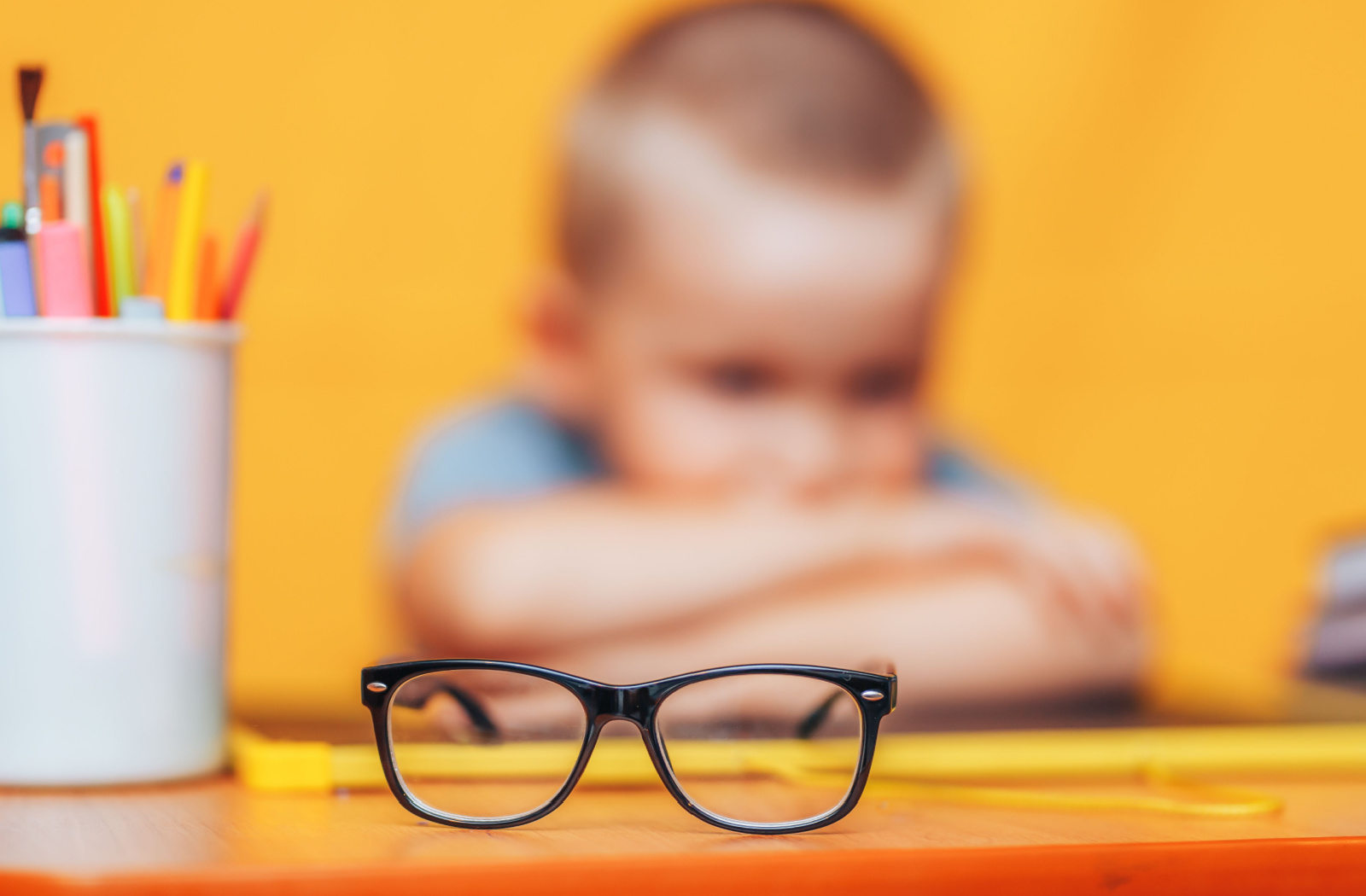
First, let’s clarify what nearsightedness is exactly. The technical term for the condition that causes nearsightedness is myopia, which affects approximately 30% of Americans. People with myopia can see objects up close clearly, but things farther away appear blurry. When your eye grows too long or your cornea is too curved, light that enters your […]


